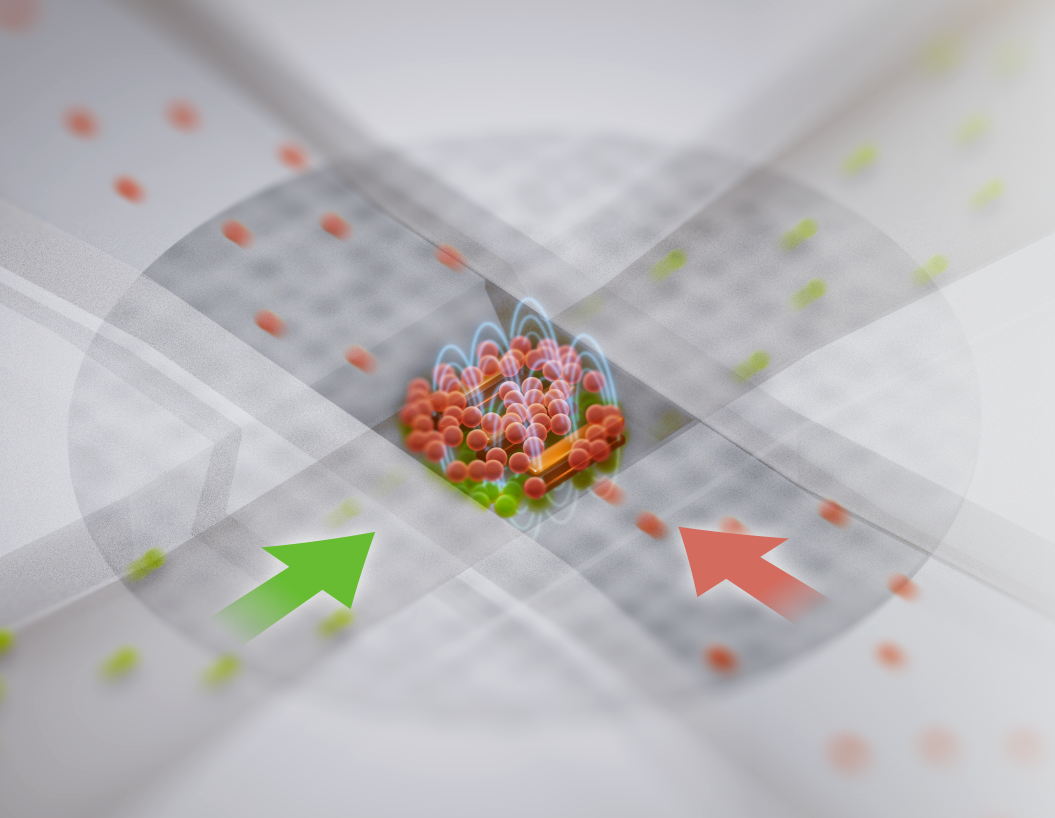To improve property assessment and control related violations, as well as reduce attempts to evade paying full tax fees, local authorities in various European and American cities and towns have resorted to the use of aerial imagery supported by artificial intelligence and machine learning and other modern technologies to inspect and evaluate properties, and then impose appropriate tax fees on their owners.
How can tax investigators act in a certain county if they looked at Google Earth and found 16,974 swimming pools attached to villas in an area where official records showed just 324 swimming pools? This is not a hypothetical question, but actually happened in Greece, and it is not only a question related to municipal violations, but also and mainly to property taxes.
Historically, taxes have been a major source of income for states and their budgets. It finances its social and service projects, and supports its economic, political and military plans. While almost no one in Europe and America disagrees on the importance of taxes on profits and economic activities, the percentage of these taxes and their categories are always the subject of political and social controversy.
Property is one of the basic taxes that are hard to collect on the one hand, and not up to industry standards on the other hand. It is an annual tax paid by the owner, and its value is usually calculated as a percentage of the estimated property value, whether sold or rented.
Calculating the current property value accurately every year is impossible, as this value does not change only with the market change, and supply and demand levels, but also with changing the specifications of these properties. Properties are assets that undergo continuous modification, and they are subject to inspections to decide on their new estimated value, and the amount of their taxes. COVID-19 pandemic impacted assessors’ ability to perform on-site assessments.
About a decade ago, some authorities used aerial imagery taken by low-altitude planes, drones, and satellites, which helped achieve a higher level of compliance and reduce property tax leakage without dispensing with the role of the assessor and his periodic field visits.
With the spread of violations, and the failure of property owners to obtain permits to build or modify the specifications of their properties, or to make modifications that differ from the permits they obtained, tax agencies in France, Germany and the United States found themselves faced with two options; the first is to expand the team of assessors, which is an expensive option, and does not appeal to taxpayers who do not like frequent visits as it suggests a lack of confidence, and the second option was the use of artificial intelligence in analysing aerial imagery, compared to an image of the same area from earlier to identify land parcels which have changed.
Not only do these technologies map modifications to the inspection teams in towns and counties to plan assessment visits on the ground, but they go much further, communicating with the software used by tax agencies, informing them of these modifications and the list of priority on which tax assessors should focus their attention and take the necessary action.
As of 2020, it was estimated that France had around 3.2 million private swimming pools, but constructions have reportedly surged as more people worked from home during COVID-19 lockdowns, and summer temperatures have soared across Europe. Ownership of private pools has become somewhat contentious in France this year, as the country has suffered from a historic drought that has emptied rivers of water.
Last October, French tax authorities using AI software have found thousands of undeclared private swimming pools, landing the owners with bills totalling about €10m. The system can identify pools on aerial images and cross-checks them with land registry databases. Launched as an experiment a year ago in nine French departments, it has uncovered 20,356 pools. There are plans to expand the use of its AI-pool-spotter to the entirety of metropolitan France (excluding the country’s overseas departments), which could net an additional €40 million in taxes.
Property owners in Germany rarely report the addition or removal of paved areas that affect drainage, hence, the municipal wastewater authority, is forced to collect and record data manually, then validate the information with property owners. On the other hand, the tax assessment process is labour-intensive.
Cologne, Germany, announced the successful delivery of a geospatial artificial intelligence (GeoAI) solution for streamlining city wastewater operations, by using imagery and LiDAR-based data collection and AI-enabled analysis, so the GeoAI solution automatically identifies and classifies property surfaces. It also recognises obstructions such as shadows, vegetation and roof overhangs that could impair evaluation.
Taunton, Massachusetts uses Nearmap to gain access to a 3-inch high-resolution aerial images so they can view and assess properties with ease. The AI-powered object recognition makes it easier to find things like swimming pools and decks, and the time required to check properties for taxable assets has been reduced from several days to a few minutes.
However, despite the significant benefits these initiatives bring to the tax authorities, public opinion about aerial imagery is not favourable. But this is not the only challenge facing these tools. Some early reports pointed to another artistic challenge of decreasing the quality of aerial images themselves, causing an unusually high margin of error in the machine learning program, by 30%, which caused systematic errors in the detection of property additives, such as solar panel installations. Accurate investigations using AI tools require feeding the system with clear visual data. Obtaining such data can be costly at present and economically futile.
References:
- https://www.theguardian.com/world/2022/aug/29/french-tax-officials-use-ai-to-spot-20000-undeclared-pools
- https://www.theverge.com/2022/8/30/23328442/france-ai-swimming-pool-tax-aerial-photos
- https://www.hyperverge.co/blog/property-tax-assessment
- https://www.forbes.com/sites/forbesbusinessdevelopmentcouncil/2021/10/20/the-sky-isnt-the-limit-how-aerial-imaging-tech-helps-local-governments-make-better-decisions/?sh=5779e251ba6c
- https://www.govtech.com/biz/in-this-town-the-assessor-uses-tech-to-look-into-backyards.html
- https://hexagon.com/company/newsroom/press-releases/2022/hexagon-develops-geoai-solution-for-wastewater-management-in-cologne-germany
- https://www.nearmap.com/us/en/aerial-map-view-customer-stories/high-quality-aerial-maps-boost-efficiency






